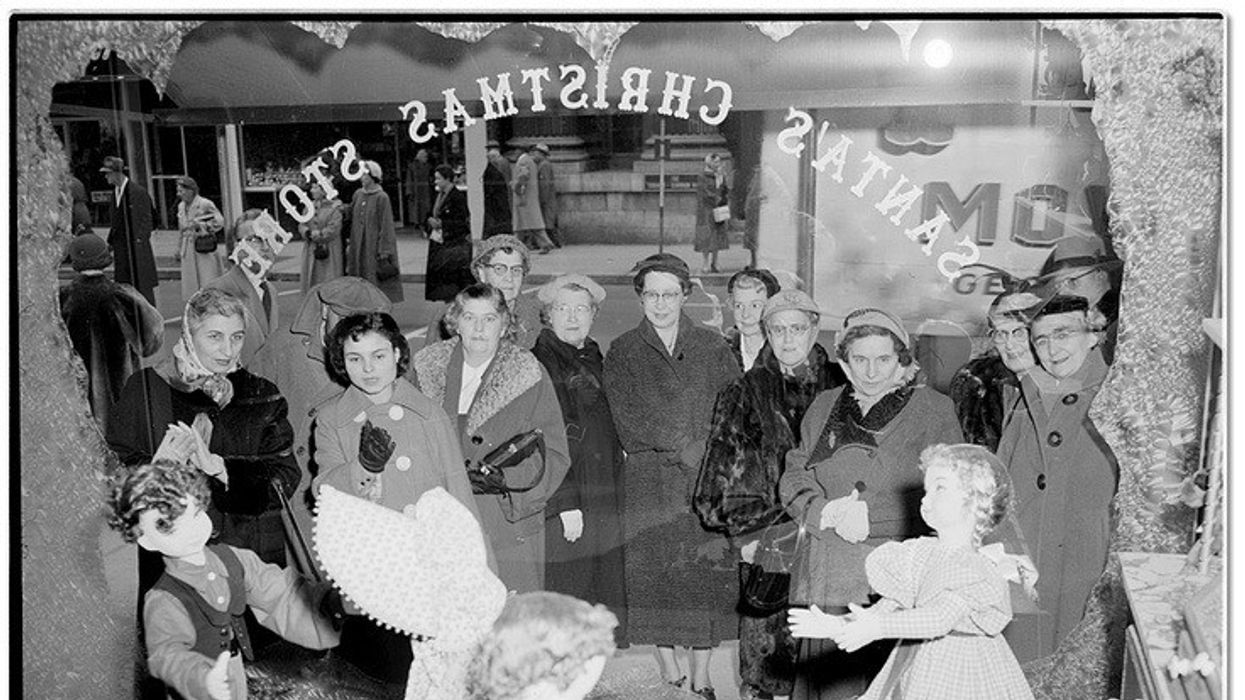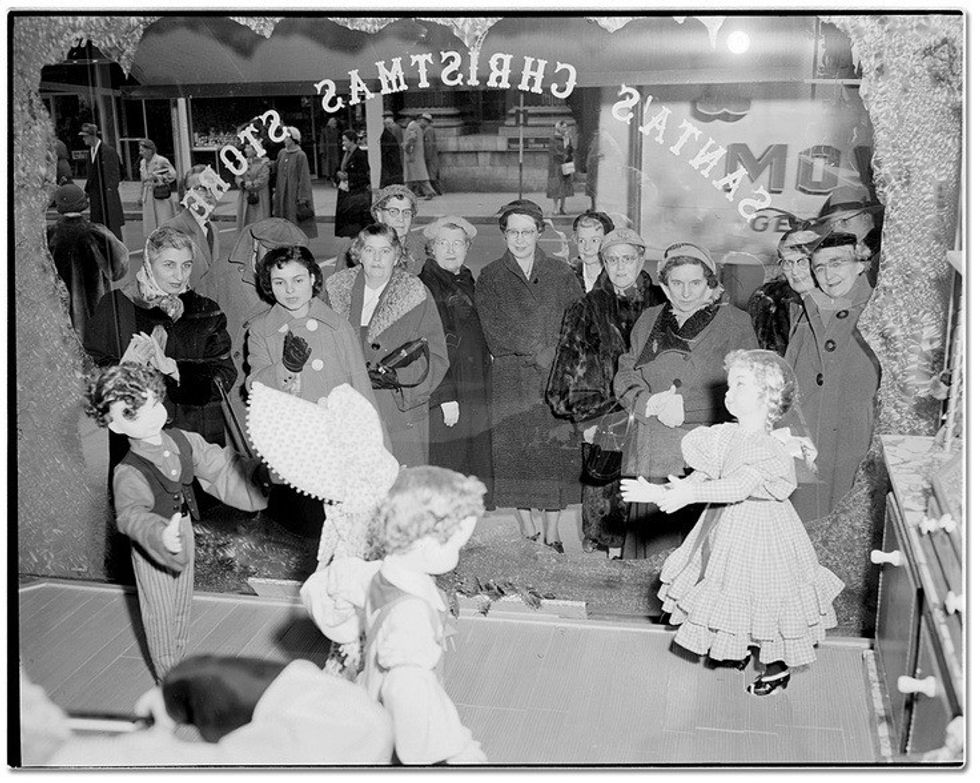
Do you want a glimpse of a much simpler time, in this agitated world of iPhones, iPods, and online shopping? Just watch for the amazed looks on the faces of children and adults alike, as they gape at the magical annual Christmas window displays at Hudson’s Bay on Queen Street.
While Hudson’s Bay Company was founded by fur traders in 1670, it acquired Simpsons in 1978. It wasn’t until 1999 when Robert Simpson’s store officially became The Bay.
Thus The Bay’s roots are also traced to The Robert Simpson Company Limited, founded in 1872 .s
(Just this week the Hudson’s Bay Co.’s board of directors rejected Catalyst Capital Group Inc. and its $2-billion proposal to take over HBC. The board said the bid would have no chance of winning over the majority stake controlled by Richard Baker, HBC's current executive chairman.Catalyst proposed in November to offer $11 a share in cash for HBC. Baker and his group have offered $10.30 for the minority shares in a plan to privatize the company.)
Simpson opened his first store on Yonge Street, south of Richmond, then relocated to Yonge at Queen for an expansion in 1894. For over a century, the building on that corner has been a major part of Toronto’s shopping landscape. (And for many of us of a certain age, it was never really Christmas until Eaton’s released its catalogue and Simpsons dressed its windows.)
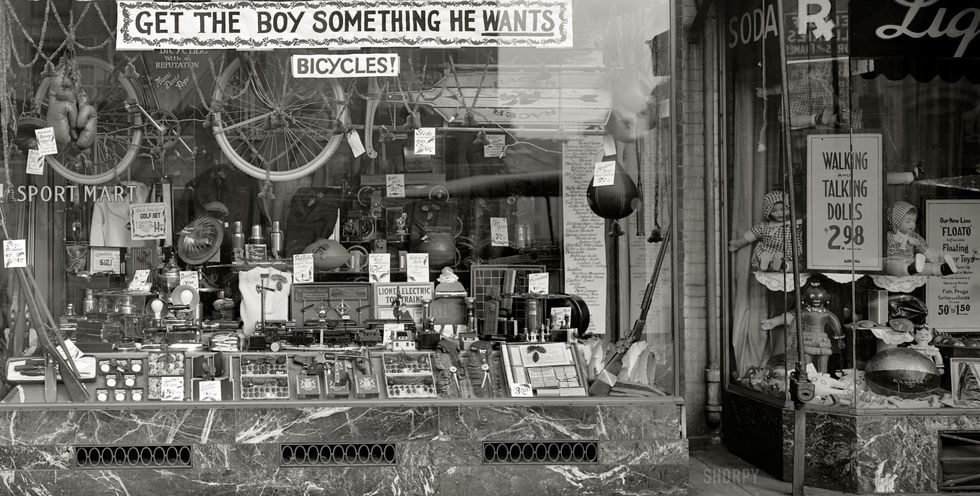
But it was during the mid-19th century, long before merchant tycoons like Robert Simpson and Timothy Eaton, when the first grand shopping emporiums began to sprout up along King Street. They were demolished in 1902 to make way for the King Edward Hotel, ending King Street’s reign as the shopping mecca, and subsequently beginning the rise of department stores like Eaton’s and Simpsons.
It was in these early days when Christmas took on the look we recognize so well, often duplicated in books and movies.
For the emerging middle class, the holiday season was pretty much as it is today, with family and friends enjoying a sumptuous meal and children anticipating that special toy. Horse-drawn sleighs filled with joyous revellers, all wrapped snuggly in blankets of fleece, sliding swiftly along King Street — the kind of Victorian Christmas images still seen in TV ads.
Nonetheless, the holidays also proffered a very different scene in Toronto in the 19th century.
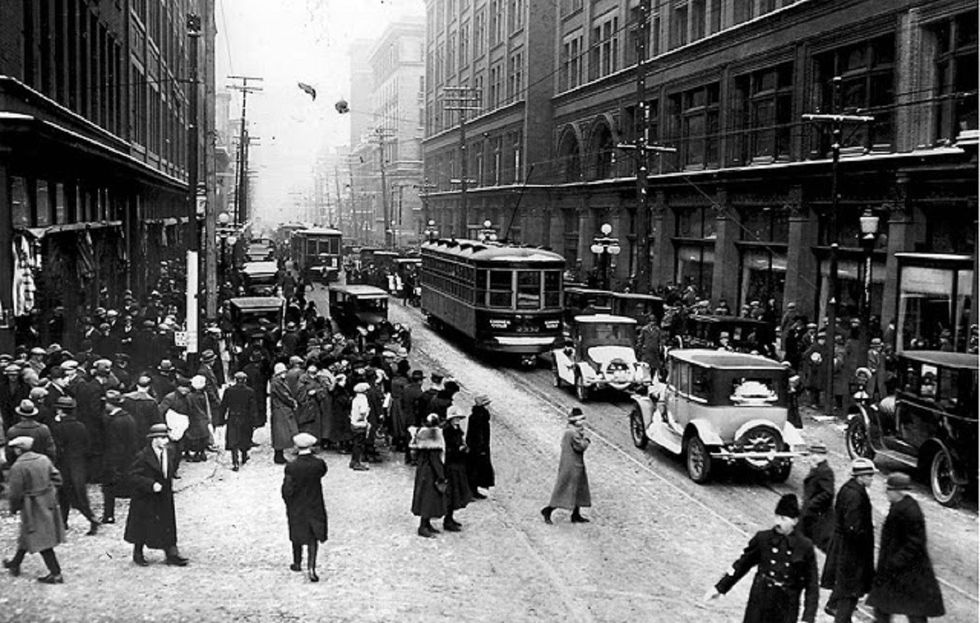
In 1884, a local newspaper published an article about Christmas at St. Lawrence Market — then the centre of Christmas celebrations in Toronto. It described huge deer suspended from the rafters, antlers still attached, next to a black bear in plump condition, with pigs, wild turkey, swan, prairie chicken, grouse and partridge awaiting the Christmas feast.
Before the Victorians got hold of Christmas, the holiday season in York (now Toronto) was a quiet one-day affair. This diary excerpt from resident Joseph Willcocks, dated Dec. 25, 1800, describes one such day: “Went to church. Had for supper, soup, roast beef, boiled pork, turkey, plum pudding and minced pies. We had supper for the first time in my remembrance and I came to bed at 12. It was a fine day.”
And while sharing in celebrations of food have remained the same, the ambiance of Christmas has changed.
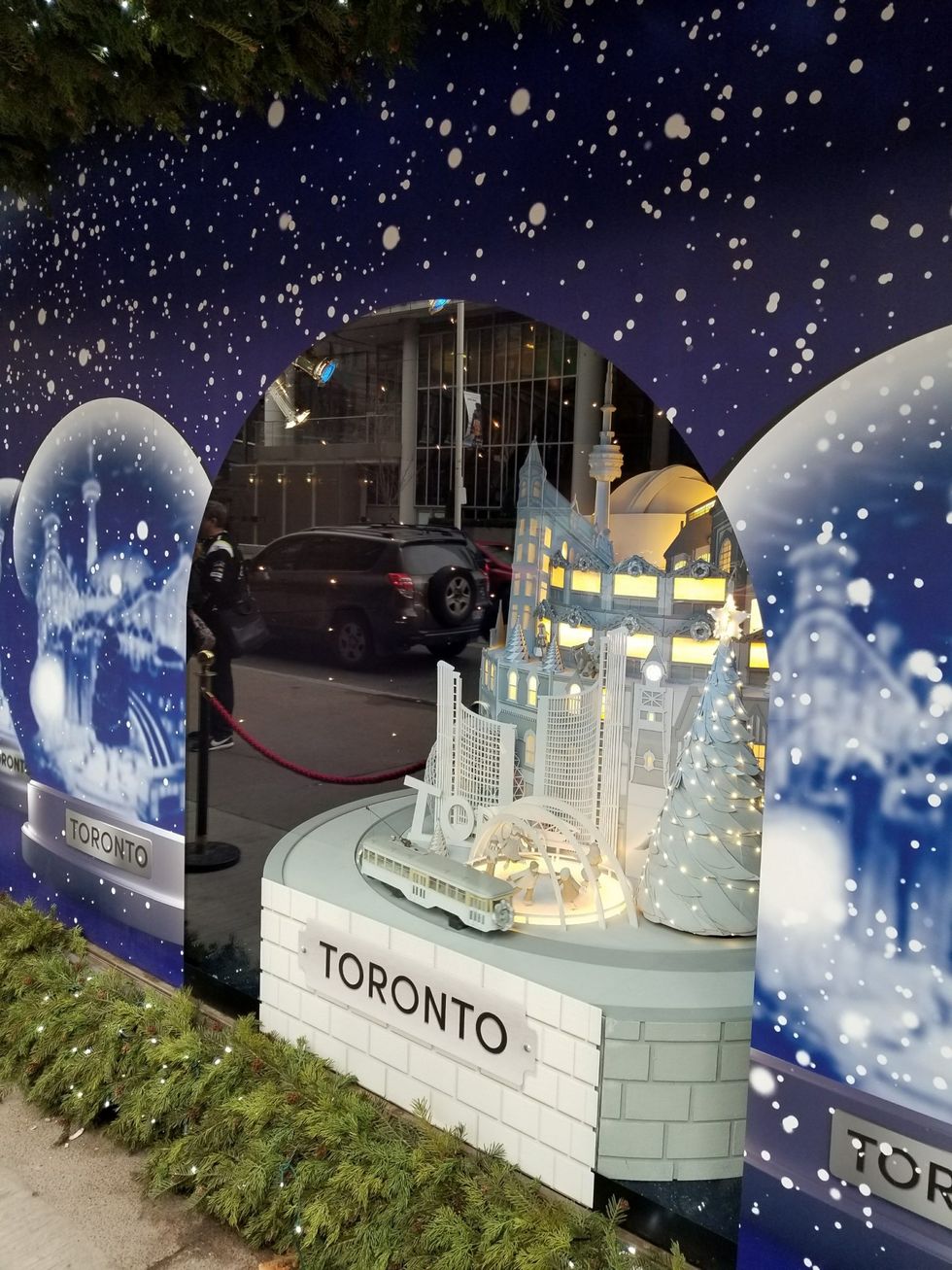
Unlike the spectacular decor from days of yore, today’s shopping malls must create an imitation of the real thing, whereas in the mid-19th century, there was nothing artificial about Christmas. (What’s more, back then, there were authentic Victorian carollers singing beneath genuine gas lamps on real snow-covered streets.)
It was Simpson who started to decorate his windows at Christmas with children’s toys. His windows were filled with dolls, cars, teddy bears, train sets, drums, and anything that would set the imagination of children alight and get their parents into the store.
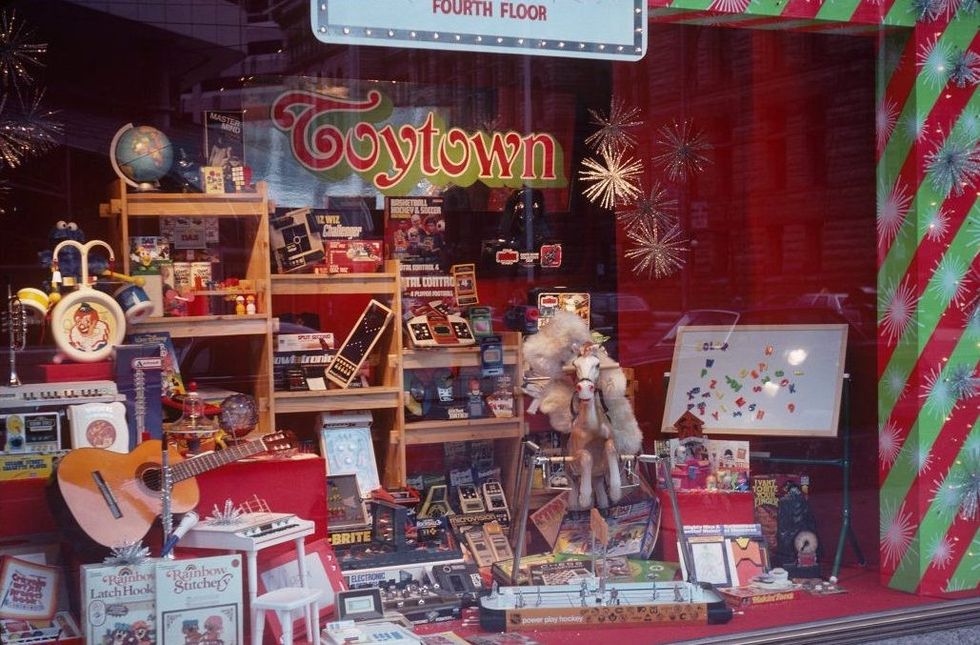
Today, there is a more plasticized and metallic look to store decorations that seem to lack the same warmth. The gigantic tree in the Toronto Eaton Centre, no matter how spectacular it appears, is a pile of lit plastic at its core. And the windows at Hudson's Bay, while still a lovely seasonal reflection, appear incredibly staged, unlike the quaint, haphazard look from 100 years ago.
We may have gone from purchasing red hair ribbons at the Golden Lion to buying everything online, but one thing that hopefully will never change is seeing the Christmas displays at Hudson's Bay — the ones that were first introduced a century ago at Simpson’s innovative department store on Yonge at Queen.

A walk down memory lane … or old downtown, as it were …
Robert Simpson was born in Scotland in 1834. By the age of 21, he worked at his uncle's dry goods store in Newmarket. In 1872, Simpson opened his own store in downtown Toronto. When he expanded in 1894, unlike his main rival, the practical Timothy Eaton, Simpson went all out with design and architecture.
His new store’s magnificently detailed façade and intricate terracotta pillars holding up bold Romanesque arches indicated that what lay inside was unlike anything Toronto had seen before.
Unlike the dry-goods stores and emporiums of the past, department stores were revolutionary, not only for the enormous amount of goods for sale, but now merchandise would be divided into separate departments (hence the name), rather than positioned together.
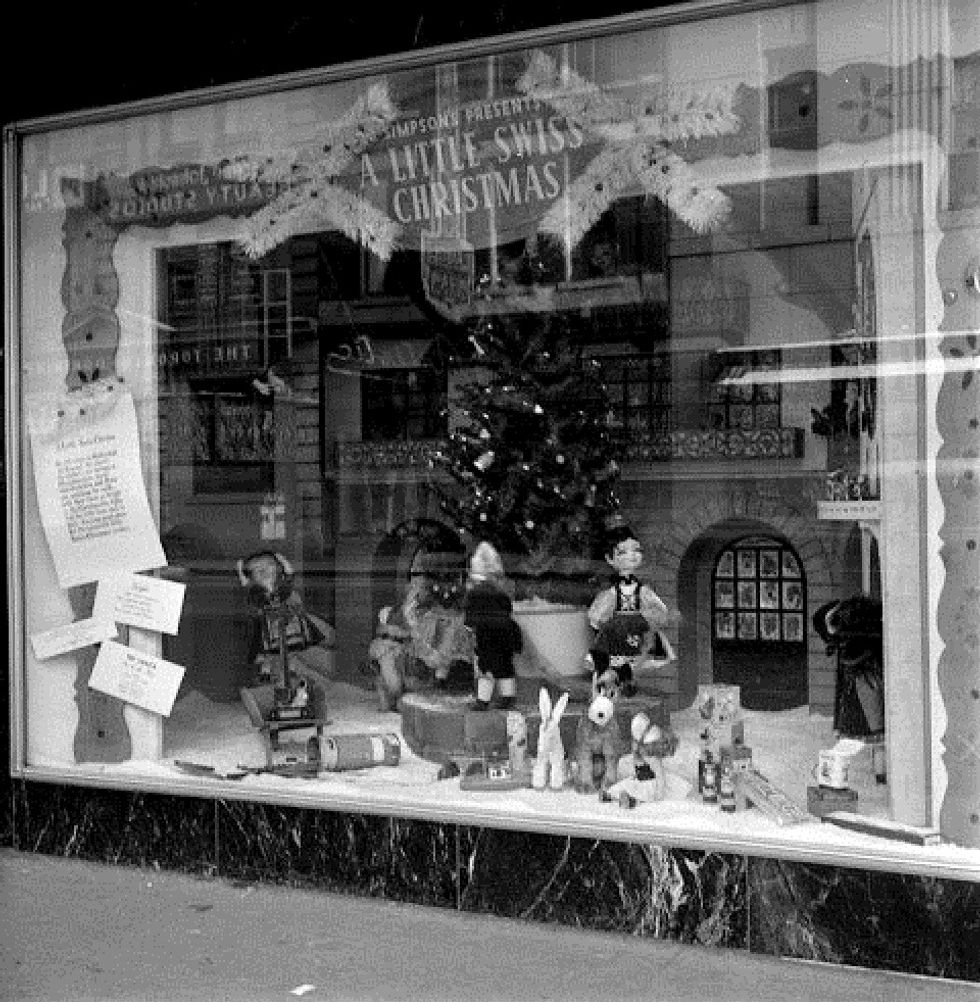
In 1895, mere months after the opening of Simpson’s store, it burnt to the ground, but was immediately rebuilt almost identically. The only difference would be more frontage along Yonge Street, thus creating the building we know today.
Upon his death in 1897, Simpson’s wife Mary and daughter Margaret took over the company. But in an era when women weren’t considered adept, managing a business was difficult, even for the most formidable females.
Eventually, the company would be sold to a trio of local businessmen who made Simpsons the largest retail store in Canada, by 1907.
